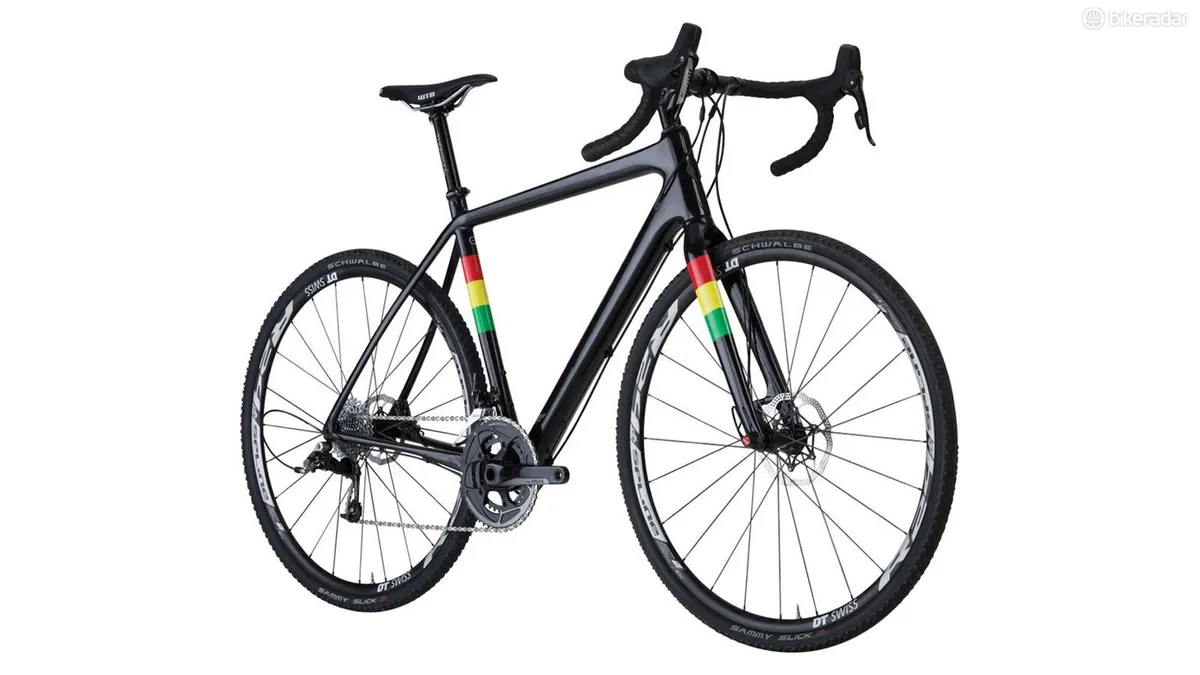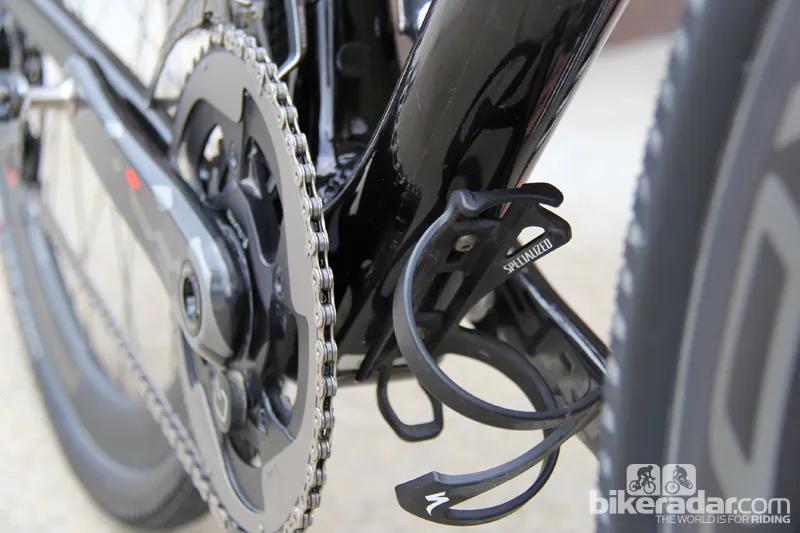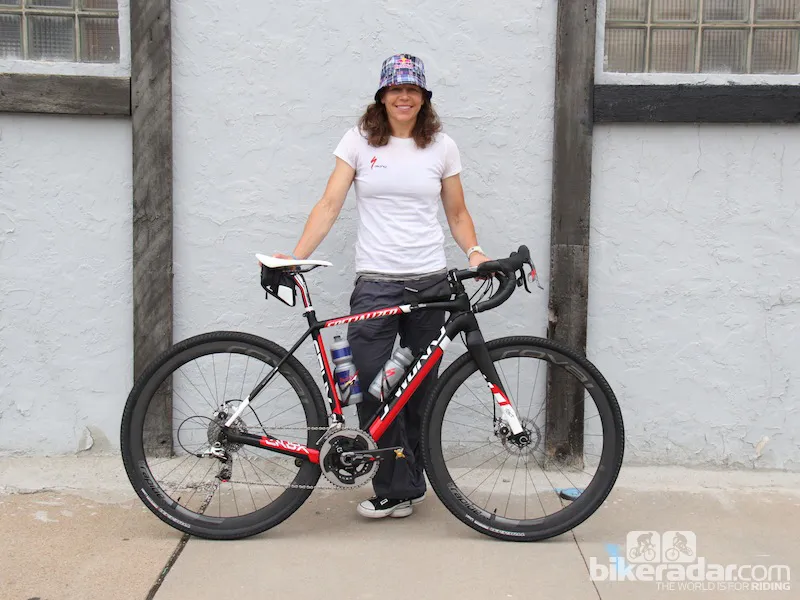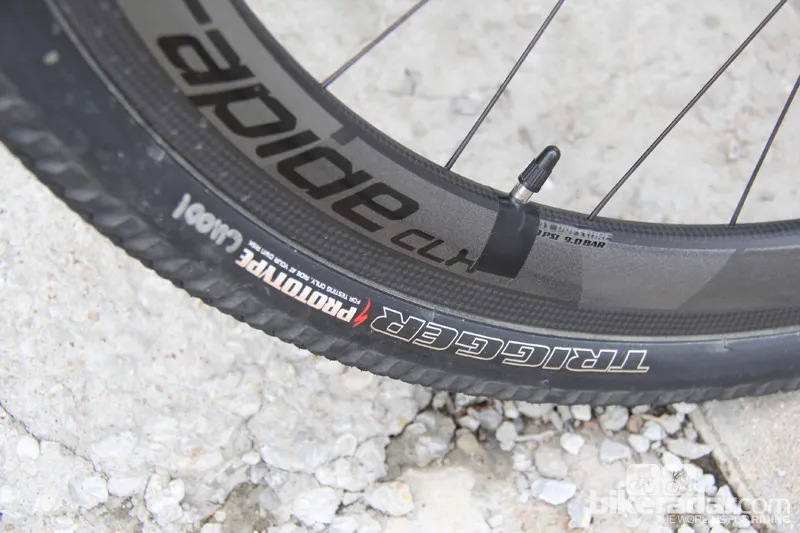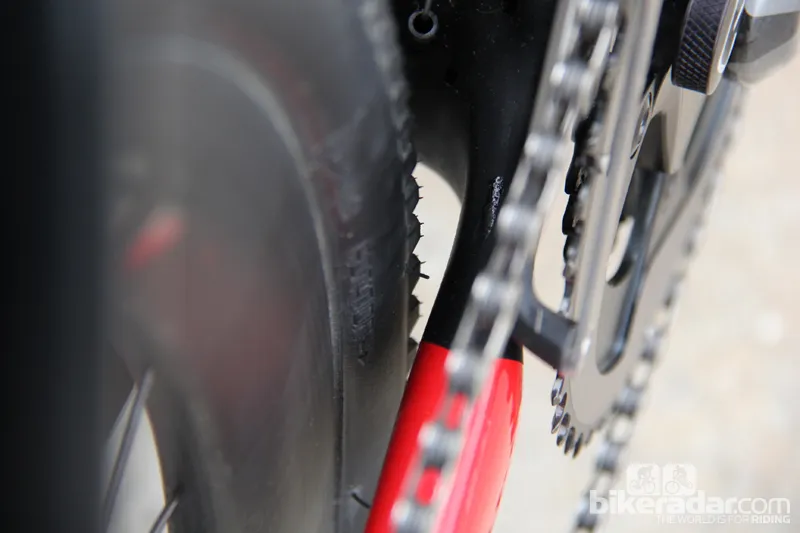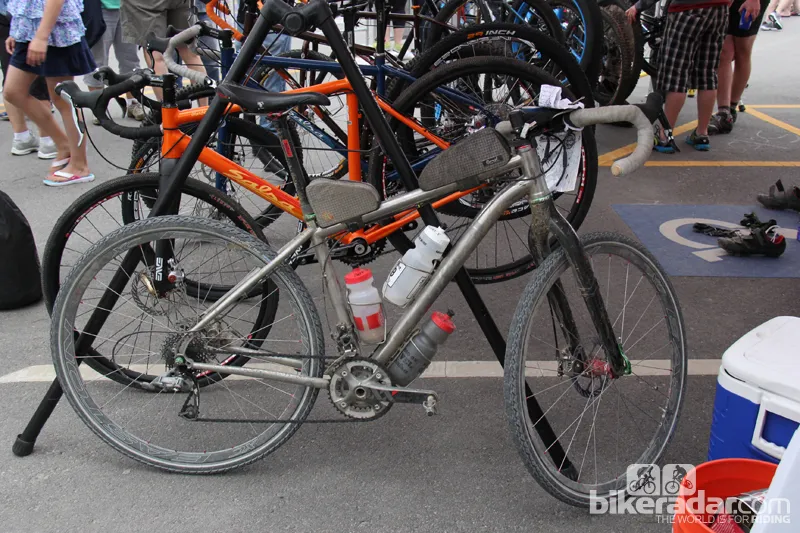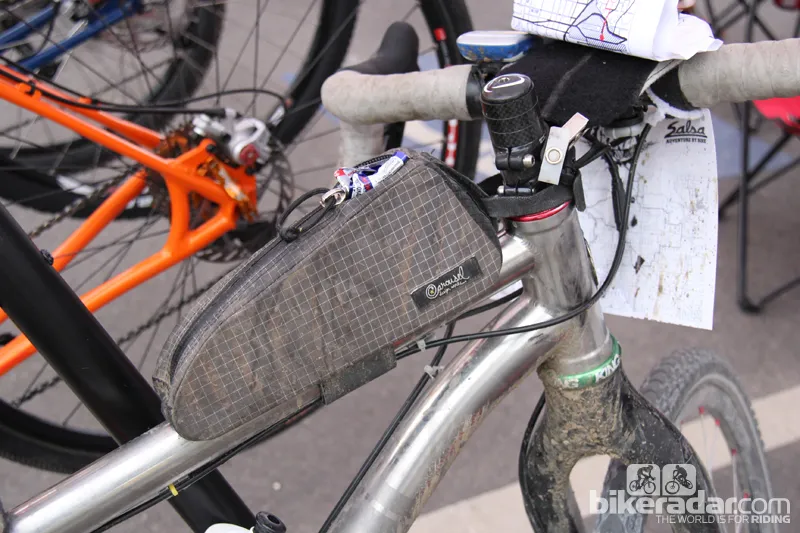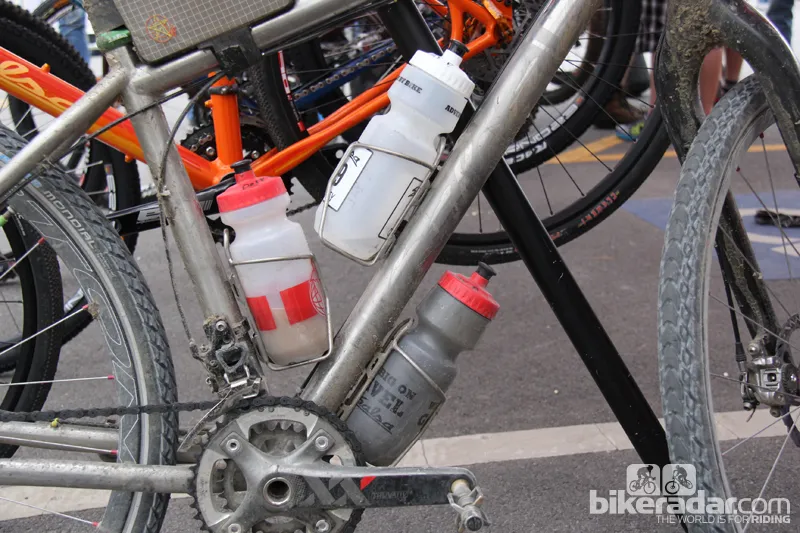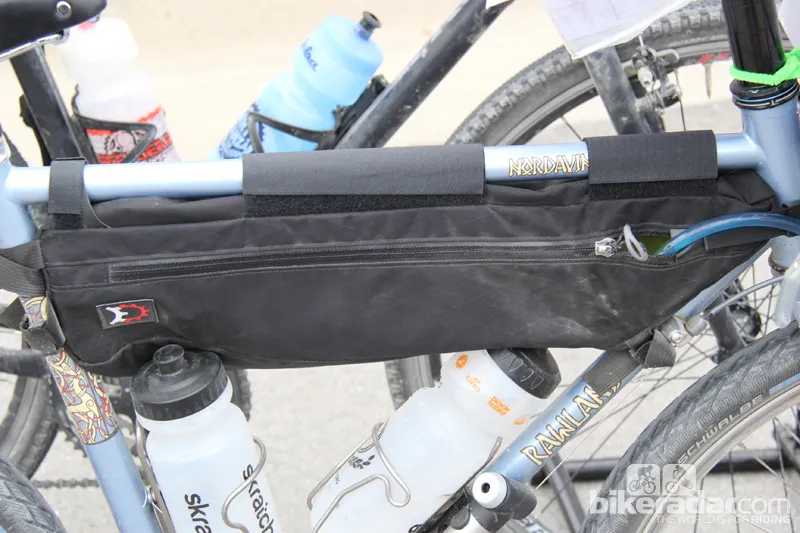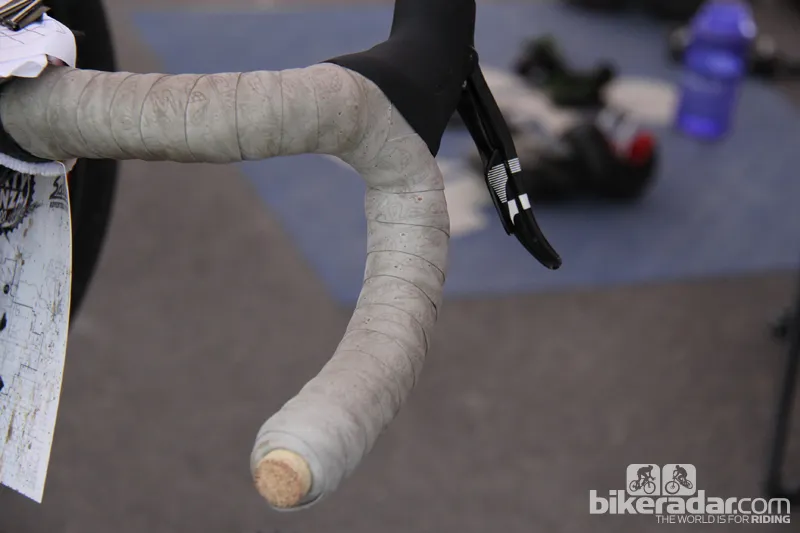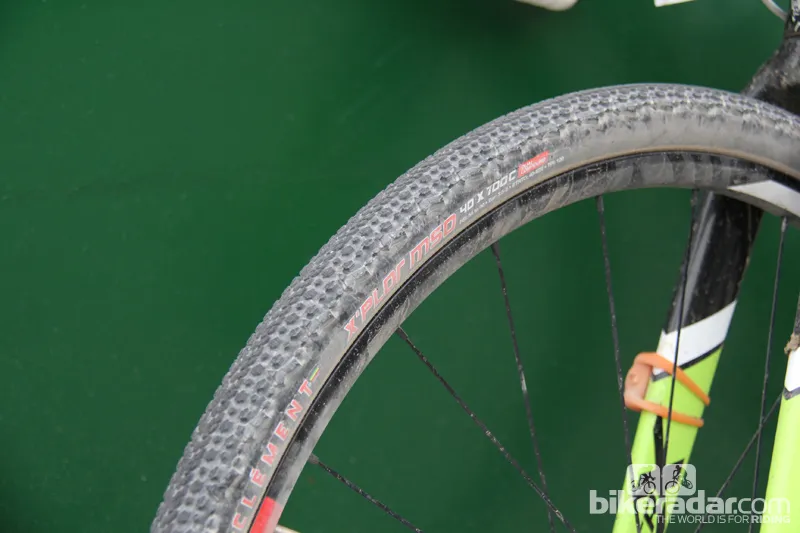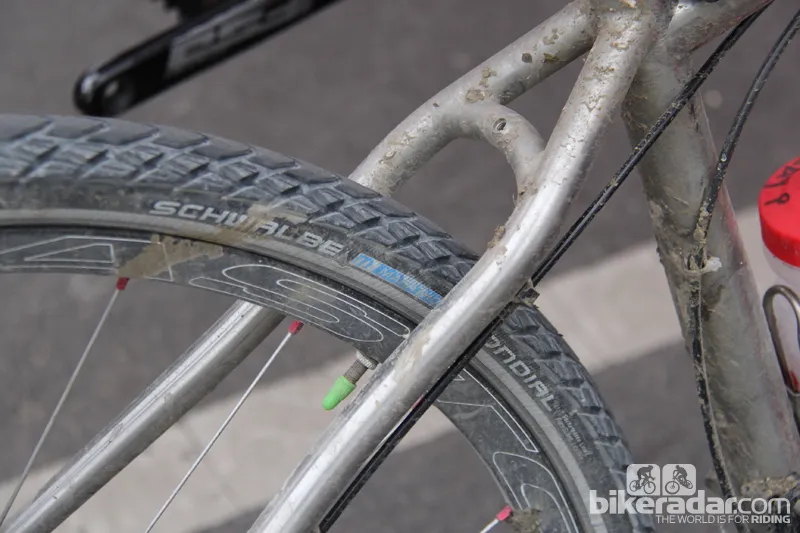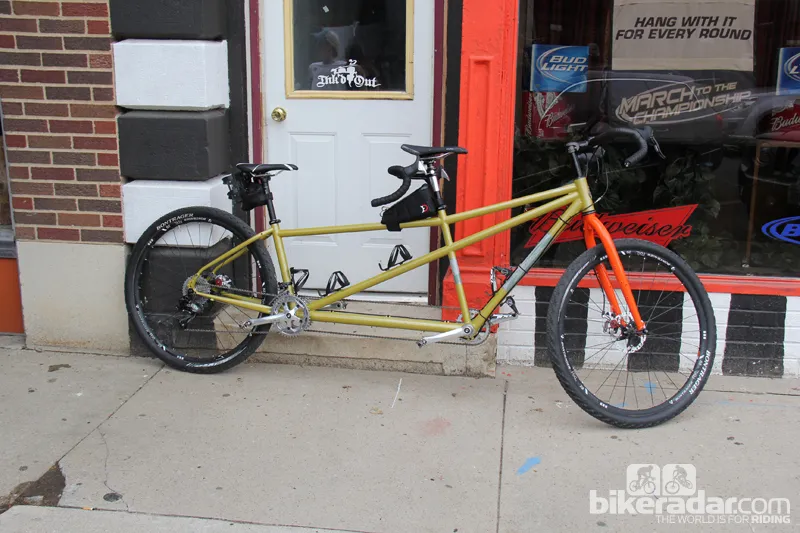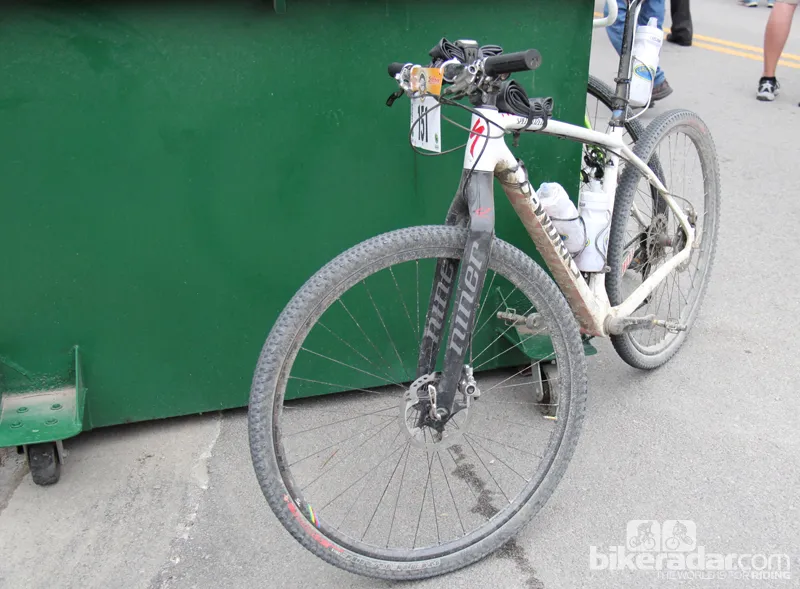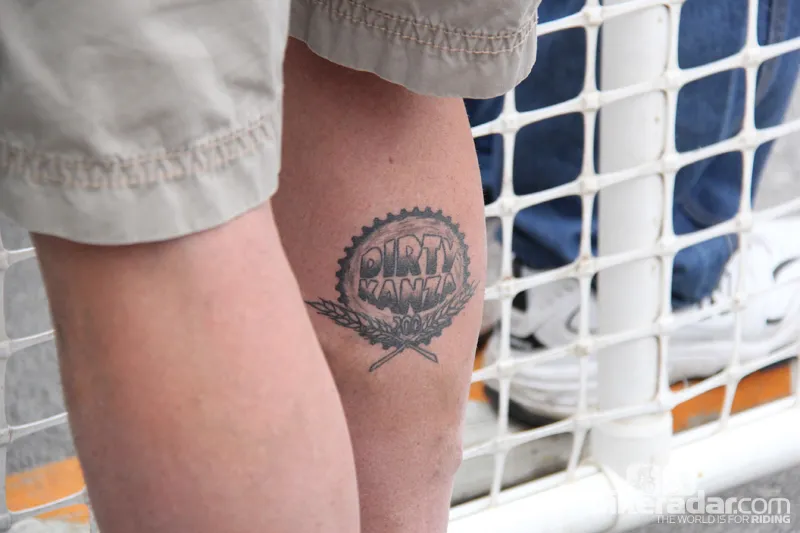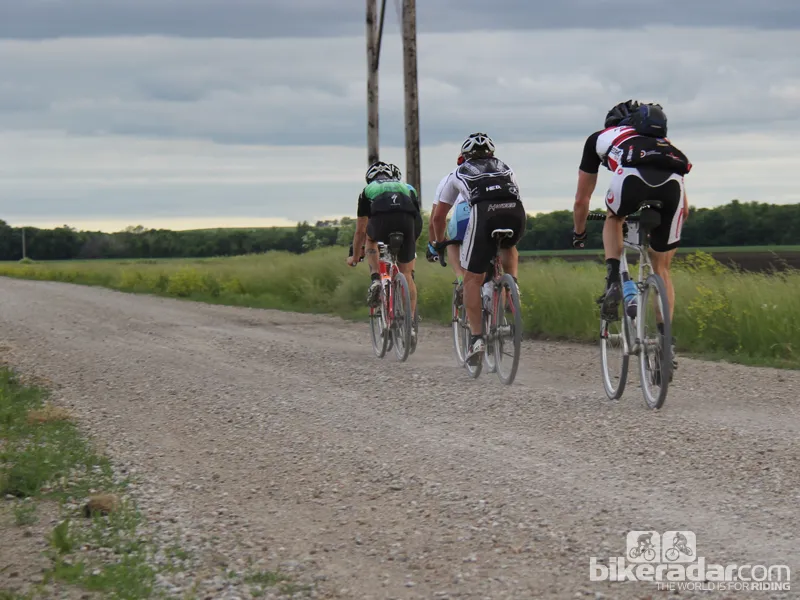Today we venture off the trail and onto roads less traveled to explore the emerging genre of gravel road racing.
Some readers may be quick to point out that dirt and gravel road racing is nothing new, and they would be correct; bicycles predated paved roads in many corners of the world. So what’s all this fuss about?
Like 650b wheels and the adjustable-height seatpost, what’s old is new once again. Increasing numbers of North American cyclists are venturing off the pavement to explore lonely country roads, which can be as remote as any stretch of singletrack.
Defining the gravel race bike
According to a 2008 study by the US Federal Highway Administration, there are more than 1.3 million miles of unpaved roads in the United States. The surface of these roads varies greatly—from hardpacked dirt to fist-sized gravel and everything in between. Dirt, crushed limestone, flint, they’re all very different to ride on. Perhaps it’s the variety of substrates that makes defining what exactly a “gravel race bike” is so difficult. Depending on where you live, the unpaved roads may be as smooth as asphalt, or more treacherous than your local trails. Your choice of bike and components is likely to vary accordingly.
Tom Ritchey’s assertion that he “thought all roads bikes were gravel bikes” speaks volumes about how singularly focused (perhaps to a fault) road bikes have become in recent decades, yet it falls short of acknowledging that there are occasions when even a versatile road bike may not be up to the task.
The ideal bicycle for conquering these gravel roads would be one that could traverse them swiftly, one with drop bars to allow the rider to switch hand positions and to hunker down when facing a stiff headwind, it would have enough seat and chainstay clearance to run tires with sufficient volume to take the edge of the rough and rutted roads, it would provide more stability than a contemporary road racing bike, yet still be nimble enough to make quick course corrections to avoid other riders, ruts, cowpies and rattlesnakes masquerading as sticks (all things I’ve encountered while riding gravel).
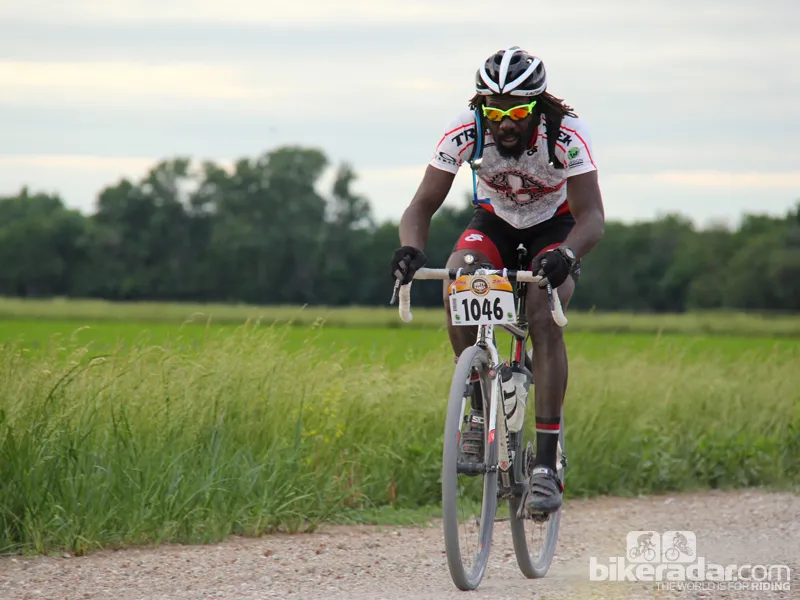
Cyclocross bikes are commonly used for gravel racing, but is a more purpose-built machine needed?Does such a bike exist? For some it’s called a cyclocross bike. Others are advocating for a more dedicated vehicle.
There are a number of gravel events in the US that are shaping the future of this sport. The Trans-Iowa test racers ability to endure more than 300 miles of Iowan farm roads. In Minnesota, the Almanzo 100 now draws more than 1,000 racers (Challenge even developed a tire bearing the event’s name). The Dirty Kanza 200, a 200-mile gravel road race through the Flint Hills east central Kansas, sits between these two events in terms of difficulty and the number of participants. It’s a Goldilock’s event of sorts. It is hard, but not impossible—even while you’re struggling to turn the pedals over into 20mph headwinds and stay hydrated despite blistering temperatures and oppressive humidity, you can still enjoy the rolling hills and prairie skies.
The future of gravel race bikes, as well as a smattering of purpose-built tires and components, are being defined by these and similar events.

While it's not for every cyclist, endurance gravel events such as the Dirty Kanza 200 are seeing a dramatic surge in popularity
The DK200 is a personal favorite. I’ve raced it five times, though only finished twice. It’s a proving ground for many riders’ notions—including my own—of what a gravel race bike should be.
Purpose built gravel bikes: Sean Mailen, design engineer for Salsa Cycles
Over the past several years Salsa Cycles has successfully rebranded itself under the banner “Adventure by Bike.” The Minneapolis-based company designs bikes that cater to an underserved market of bikepackers, wanderers and explorers with their Fargo, Vaya and Mukluk models. The Warbird, a purpose-built gravel race bike that was first introduced in 2012.
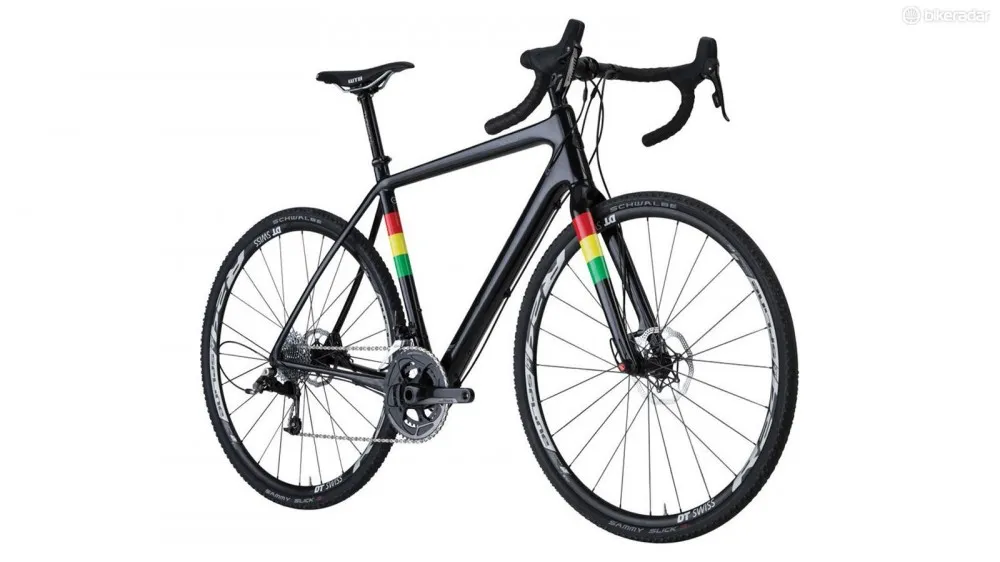
Salsa's Warbird was designed specifically for gravel road racing
While it bears a resemblance to Salsa’s now-defunct Chili Con Crosso ‘cross bike, it was designed with a difference set of requirements in mind. Sean Mailen, gravel racer and designer of the Warbird, has this to say about what makes this bike different from a disc-equipped ‘cross bike.
“The Warbird, compared to a typical cross bike, is designed to be ridden for hours, or even days if you consider the Trans-Iowa," Mallen said. "Because of this, we designed the bike around stability and endurance. Meaning it has a longer wheelbase and slightly slacker head tube angles to give you a stable, at home feel. Slightly taller head tubes also help you find the proper fit for riding 100 to 200 miles of gravel roads in a day."
"On top of this, the details such as great tire clearance, no chainstay brace and front derailleur routing to avoid ‘B-road’ mud build up, plus water bottle placement designed so you can run your Revelate Tangle bag and use both of your water bottles," he said. "Disc brakes and full cable housing are a must, but those are getting to be standard on cyclocross bikes as well. Last, but not least I would say a tube set designed around endurance comfort, rather than something stiff for power transfer.”
Cyclocross rigs make great gravel race bikes: Dan Hughes, former DK200 champ
Dan Hughes, owner of Sunflower Outdoor & Bike Shop, in Lawrence, Kansas, has bagged four DK200 victories. Endurance racer Rebecca Rusch has raced the DK200 three times and claimed the women’s victory on two occasions. Both have won aboard Specialized’s ’cross race bike, the CruX. (Click here to read about Rebecca Rusch’s 2013 DK200 bike.)
Admittedly, it’s the engine, not the bike, that won. But it also goes to show that another bike in the quiver, or another genre of bike, may not be the right tool for the job.
“I don't think there's a ton of difference between a cyclocross bike and a gravel-grinding bike,” Hughes said.
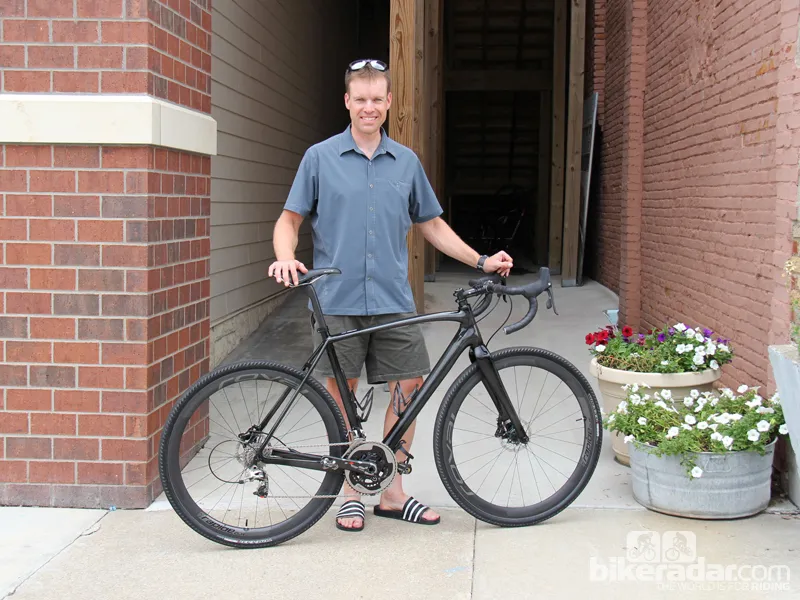
Four-time DK200 champion Dan Hughes believes a well-designed 'cross bike is the perfect gravel race weapon
When asked what his ideal gravel race bike would look like, Hughes had the following list of requirements: “I would want the bike to be light and stiff, have a short wheelbase for fast handling, and the ability to run a fat-ish tire, with clearance for mud on top of that. I don't need rack or fender braze-ons. The bike I rode [in 2013] was pretty much the same bike I would've designed from the ground up if I had the chance.”
“That said, not all cyclocross bikes can be gravel racers,” Hughes added. A fair point — the CruX is but one of a growing number of ’cross bikes with ‘new school’ (or North American) geometry. These bikes generally have a low bottom bracket to aid in cornering and a relatively slack head tube angle to improve high-speed stability. Add in enough tire clearance to accommodate a 38-40mm-wide tire and you’ve got a very capable machine for ’cross and gravel racing.
What do you think? Do you spend a lot of time riding or racing gravel? Do you see a need for a new genre of bike for these events? Sound off in our comments section below.

